
uruguay-reiseblog
vakantio.de/uruguayreiseblog
Colonia del Sacramento - colonial jewel on the Río de la Plata
A bɔra kɛnɛ kan: 12.12.2016
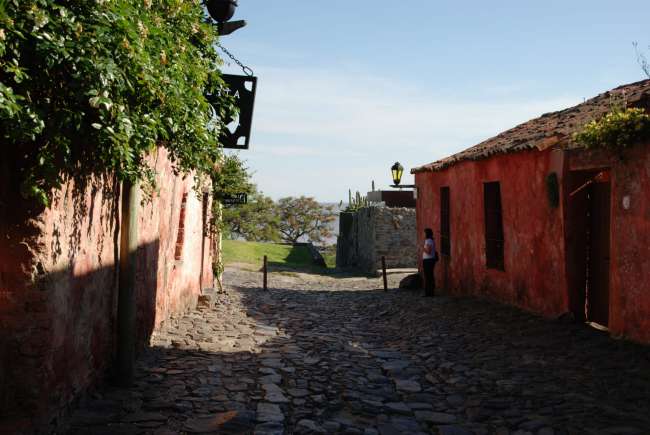
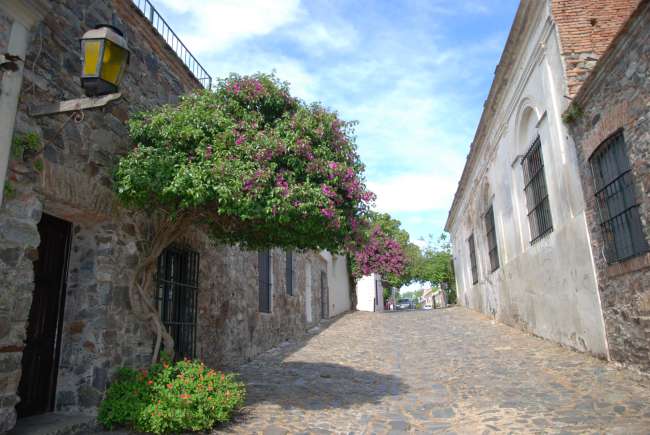
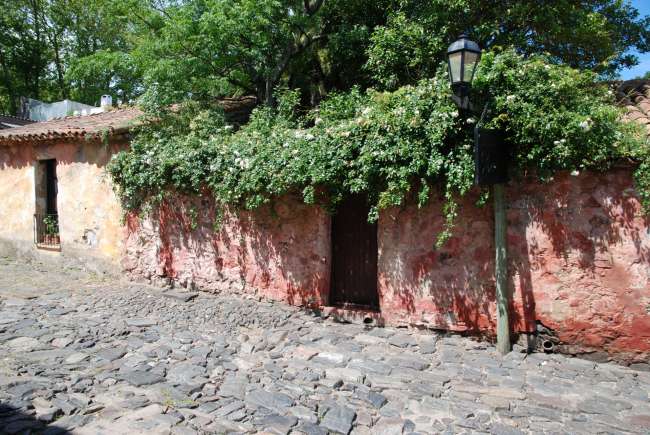
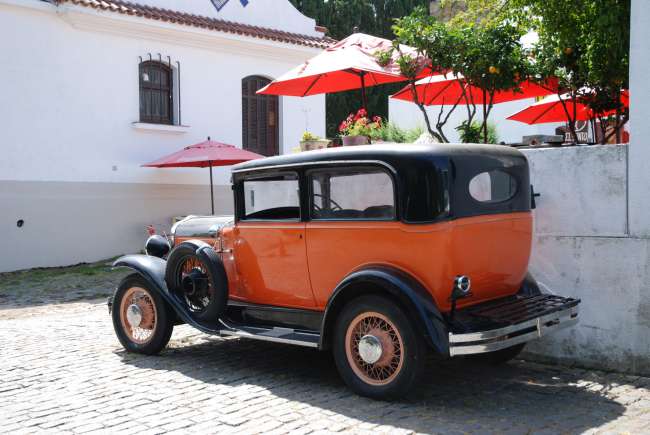
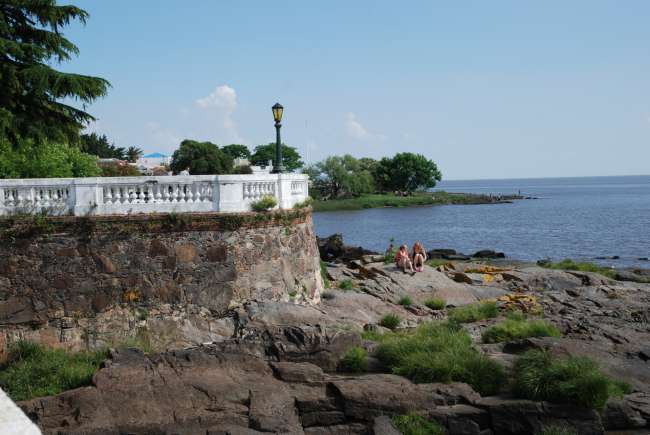
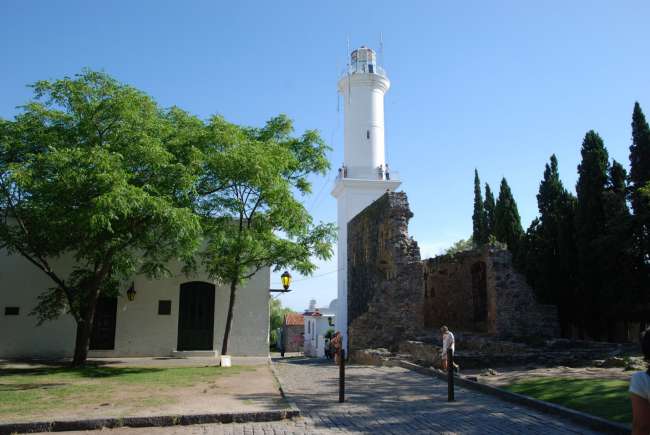
Aw ye aw tɔgɔ sɛbɛn Kibaruyaw la
Colonia del Sacramento is undoubtedly one of the most beautiful sights in Uruguay. In this colonial pattern city, time has preserved history in a fascinating way and the historic old town was declared a World Heritage Site by UNESCO in 1995. There are daily and almost hourly bus connections from Montevideo to Colonia del Sacramento. The journey takes about three hours and the buses of the various local bus companies are very comfortable and air-conditioned. Colonia del Sacramento is also easily accessible from Buenos Aires. A ferry crossing takes only one hour, so a vacation in Argentina can be wonderfully combined with a stay in Uruguay.
The journey across the Río de la Plata always has something nostalgic for me. The ferry port and the bus station are close to each other, and whether the journey to Colonia is by ferry or by bus, the terminal in Colonia del Sacramento is the point of arrival and departure. From there, simply follow the road ‘Manuel Lobo’ and after about a 10-minute walk, you will reach the old city gate and the historic old town behind it. There is an indescribable magic and a lot of Uruguayan history to experience here. I have visited this place many times and I still wander through the old colonial streets as if enchanted.
During the colonial period, Colonia del Sacramento was a Portuguese fortress founded in 1680. Colonia del Sacramento is located directly across from Buenos Aires, and due to this strategically favorable location, the city was constantly contested and the subject of bloody territorial disputes between the Spanish and Portuguese crowns for the first 150 years of its history. In this travel report, I do not want to go into the history further. For that, I recommend a guided city tour. I prefer to concentrate more on the historical testimonies and sights.
At the sight of the old city gate
‘Puerta de la Ciudadela’, every visitor is immediately fascinated and takes their first photos. You are already in a very significant spot. The small square
‘Plazoleta de 1811’ right next to the city wall is inconspicuous and yet historical. From here, the national hero of Uruguay, General Artigas, set off on his journey to Buenos Aires, which later went down in history as a crusade for freedom. The names on the marble shield commemorate the courageous men who accompanied Artigas on that historic day in 1811. The city gate was built in 1745 and, together with its drawbridge, used to belong to the fortress of Colonia del Sacramento and was the only access to the city. The old city wall was completely destroyed in 1859 on behalf of the then president and rebuilt from the ruins between 1968 and 1971. Right next to the city gate, the remains of the
‘Bastión de San Miguel’ can be found. Together with three other bastions, which are presented in detail during a guided tour, the
‘Bastión de San Miguel’ belonged to the large fortification system of Colonia del Sacramento, which was intended to control access to the Río de la Plata and enclose the peninsula with defensive walls.
There is so much to discover in the old town of Colonia del Sacramento... every house, every stone, every corner breathes and tells a story that is difficult to accommodate in a travel report. If you become interested in hearing the exciting stories of Colonia del Sacramento, feeling the magic of this place, and receiving many interesting background information about the individual antique treasures that cannot be found in any travel guide, then I cordially invite you to join me on a tour of the historic Colonia del Sacramento. See you soon in Uruguay!
Aw ye aw tɔgɔ sɛbɛn Kibaruyaw la
Jaabi
